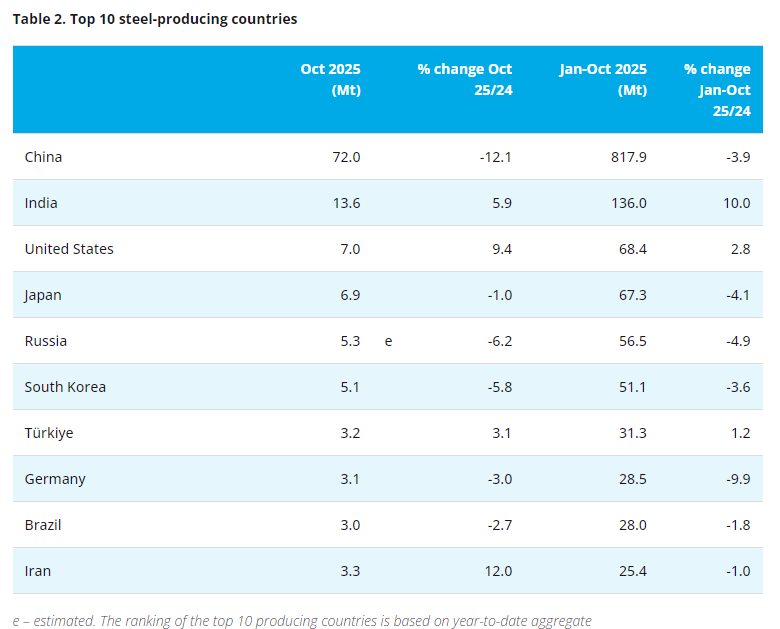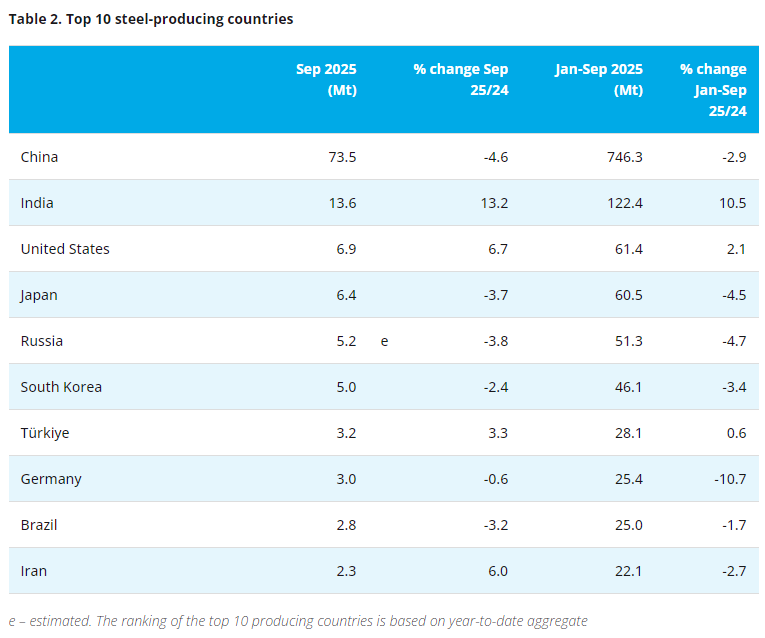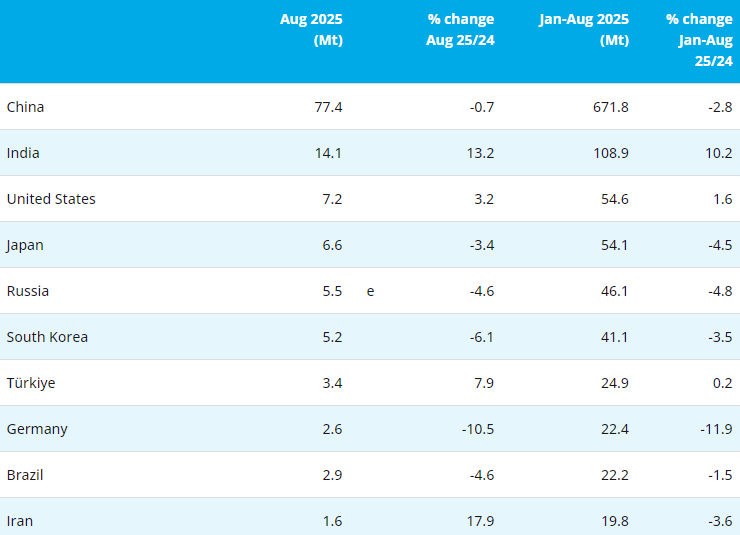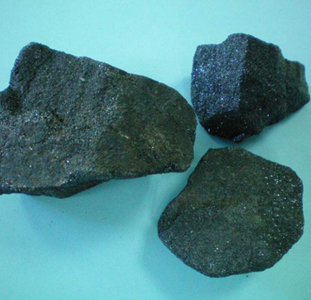There was little trading of seaborne iron ore Thursday, according to The Steel Index, largely because Singapore was on holiday and rebar prices in northern China were declining again. TSI detected continued market weakness and disinterest from Chinese buyers and its daily reference price for 62% Fe dipped further, down to $114.80/dry mt CFR Tianjin.
There was no Platts IODEX iron ore assessment Thursday because of the Singapore holiday. TSI is a separate, specialist pricing unit owned by Platts.
The $114.80/dmt TSI 62% Fe reference price, CFR Tianjin basis -- which declined $1.30/dmt Wednesday and dropped another 10 cents Thursday -- is at its lowest mark since December 29, 2009, when it reached $112.10/dmt.
And based on TSI's data, Thursday's reference price of $114.80/dmt also represents a 12-month low, compared with a 12-month high of $181/dmt for 62% Fe on September 7, 2011. The $66.20/dmt low-to-high gulf is illustrative of just how far the market has fallen.
There was little physical trading activity Thursday.
"An Australian miner reportedly offered two high-grade cargoes for tender -- one with 61% Fe and one with 62.7% Fe," TSI wrote in its Thursday report. "However, no result was heard by index cut-off, and several sources said it had been canceled."
A Brazilian miner offered 64.51% Fe fines across China's CBMX platform at $125.50/dmt, TSI noted, but later reduced this offer to $124.80. There were no bidders, TSI said.
TSI pointed out in its report that Shagang was among the latest Chinese mills said to be cutting steel production. The group also cited China's economic data for July -- released Thursday -- showing inflation moderating to 1.8% last month while year-on-year growth in industrial output at 9.2% "fell short of previous forecasts."
CHINA'S LEANEST GDP GROWTH SINCE GLOBAL ECONOMIC COLLAPSE
China's economy grew 7.6% in the second quarter compared with the same period in 2011, according to statistics from its National Bureau of Statistics. Observers noted that was China's worst quarterly GDP-growth performance since the 2008-2009 global economic meltdown.
A key steel-consumption indicator, China's fixed-asset investment, which tracks government spending on infrastructure, was also uninspiring.
The country's urban fixed-asset investment gained 20.4% year-on-year to Yuan 18.43 trillion ($2.93 trillion) in the first seven months of 2012, NBS said -- unchanged from the first six months of 2012. Private fixed-asset investment for January-July, meanwhile, grew 25.5% to Yuan 11.45 trillion, down slightly from the year's first-half rate.
"Our global colleagues continue to call for a Q4 Chinese recovery in industrial activity, citing greater planned infrastructure spending and the delayed benefit of easing in recent months," Bank of America/Merrill Lynch analyst Timna Tanners wrote in a report earlier this week.
"Chinese demand growth would be a critical positive for met coal, aluminum and steel, absorbing some extra global supply at a minimum," she added. "However, we expect little activity over the next several weeks."( Source: Platts)
Copyright © 2013 Ferro-Alloys.Com. All Rights Reserved. Without permission, any unit and individual shall not copy or reprint!
- [Editor:editor]



 Save
Save Print
Print Daily News
Daily News Research
Research Magazine
Magazine Company Database
Company Database Customized Database
Customized Database Conferences
Conferences Advertisement
Advertisement Trade
Trade
















Tell Us What You Think